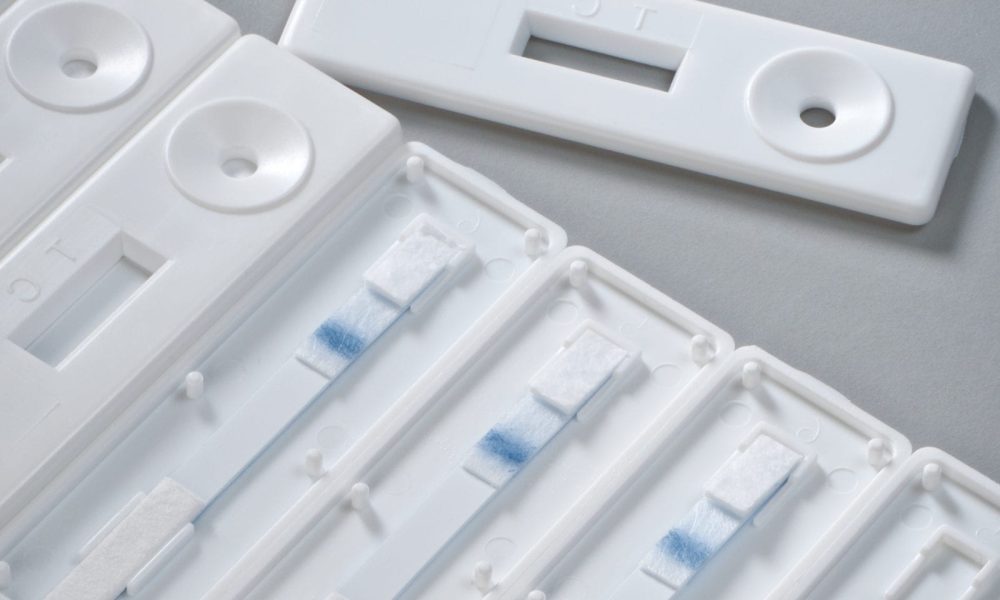In Vitro Diagnostic Medical Devices Regulation (IVDR): are you ready?
Compliance with In Vitro Diagnostic Medical Device (IVD) regulations underpin market success, and considering these regulations can change it is critical to keep abreast of the changes in order to protect your assay and business.
By 26th May 2022, IVDs in the European Union (EU) need to adhere to the In Vitro Diagnostic Regulation (IVDR 2017/746), which will replace the current In Vitro Diagnostic Directive (IVDD 98/79/EC). We set out below the key changes and areas you should be actively considering.
80% of current IVDs on the market are affected
This move brings about a significant change in product classification, with almost 80% of the current marketed IVDs being affected. This will result in a move to Notified Body Review: only 20% of the IVD’s presently on the market currently follow this process.
To assist you in being IVDR ready, whether your assay is on the market or in development, the following outlines the changes to IVDD you need to address. Feel free to get in touch should you have any queries after reading the article.

What are the changes?
IVDR looks closer at ‘risk management’ pre- and post-market entry, all with the aim of ensuring IVD quality throughout an assay’s lifecycle. In doing so, this places more responsibility on all operators along the supply chain, but the legal manufacturer needs to drive and manage these changes to ensure IVDR compliance.
The significant areas of change:
- Reclassification - The new IVDR uses 7 classification rules (see Annex VIII).
- General Safety and Performance Requirements - Focus on risk management, and more detailed information concerning the analytical and clinical performance of the device.
- Clinical Evidence - Manufacturers must sufficiently demonstrate the device can achieve the intended clinical benefit and safety, when used as intended, noting this needs to be continuous during the lifetime of the device.
- Post-Market Surveillance – This area has been broadened, as a result, class C and D IVDs must have an annual update, as part of a Periodic Safety Update Report (PSUR), whereas Class A and B IVDs only need an update to reflect a change.
- Economic Operators - The responsibilities of each economic operator throughout the supply chain have been expanded upon. Along with new requirements of UDI (Unique Device Identifiers) labelling and PRRC (Person Responsible for Regulatory Compliance).
Focus areas to ensure compliance
Performance evaluation reports need to demonstrate the following elements:
- Scientific validity
- Analytical performance
- Clinical performance
Provision of clinical evidence in accordance with the IVDR, is more significant due to the change to the product classification and based on defined risk-based categories, where 'A' is low risk and 'D' is high risk.
The higher risk categories necessitate greater requirements for clinical evidence as well as increased involvement of a notified body. Noting the challenge for legacy products being that grandfathering is not an option, and that each existing and new IVD Device must be assessed according to the revised level of risk.
Abingdon Health can help you be IVDR ready
Since the EU announced IVDR, our in-house regulatory team has been working with our lateral flow development and manufacturing clients to prepare their assays for the deadline. Wherever your lateral flow rapid test is in its lifecycle, contact us to see how we can help.

